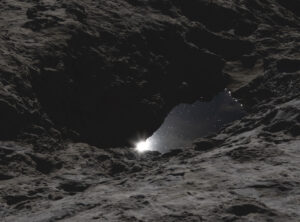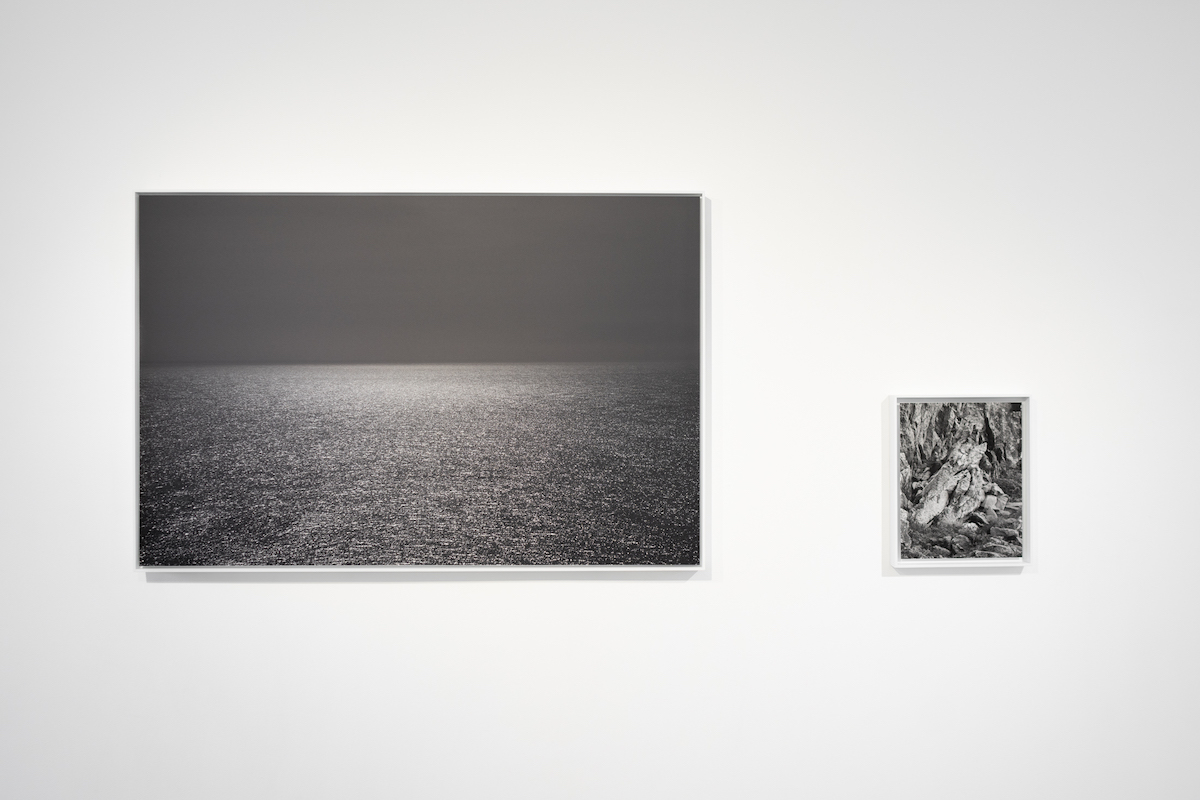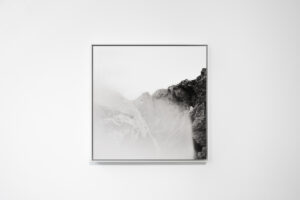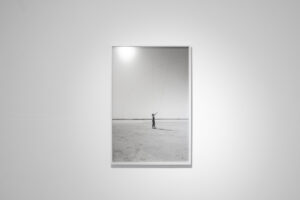
17.06.2023
Las líneas que se desvanecen bajo el sol [The lines that disappear under the sun] by Andrea Martínez at Lateral

“The luminic metaphor guided the epistemology of modernity with its requirements about transparency and clarity for all orders of life. This regime of light set the sense of sight as hegemonic […] Not only our bodies where objects to control, our sight too became docile when everything was set in view, omitting the failures, the fouls, the mistakes, the shadows”, writes val flores in Romper el corazón del mundo [To break the world’s heart]1.
This allows us to think about the darkness as the condensation of sensible shapes that escape from the scopic regime, and at the same time to reflect not only about that which cannot be made visible and registered by the (mechanic) eye and the photography, but, also, about other forms of vinculation with what’s sensitive within the different spaces we transit, at the same time we are able to rethink our dialogue with the environments that sustain the landscape and its abstraction.
On the other side, to think about the light and the visual regime in which it exists leads us to delimit the field of the visual narratives and the space narrations which sustain themselves from the luminic act, as a symbiotic and complex relationship between the light and the landscape. How does the visual narrative sustain within the landscape’s complexity which subordinate before the gaze? Can the landscape escape from the image fetishization? How to avoid the void of the image for the sake of the scopic compulsion? Who builds the landscape?

The work presented by Martínez curated by María Paz Amaro allows us to take the reflection far beyond the retina. Through the interests about shape, lines, body, geographic erosions and light, Andrea Martínez’s work invites us to unfold the image in the search of the landscape’s complexification:
“To embrace the umbraceable is the challenge proposed since previous series related to the natural world. For her, the geographic accident could well offer more poetry than error. Depending on its own silhouette and the scales it allows, takes on vital quests in the history of mankind: to locate us in the immensity, herself as a tool for surveying, the same that reactivates that which we contemplate in the final result: a fictional axis by means of the crease, the hand as a tool and, behind it, the cadence of the whole body”2.
Maybe, the image presented by Martínez, more than being an invitation to pick up colonial fictions about the tales in relation to humanity, land and nature, could be an invitation to friction between them –prioritizing the descentralization of the light, just as we can witness it in meridiano magnético (observatorio); assuming the matter’s proliferation while, at the same time, proposes to re-think the geographic accident from the poetic view3, resuming with that all categories resemantizacion possibility that turn the image innocent.

If the innocent image does not exist, neither the mechanic eye with its post-humanist speeches; the gaze is, besides, a political excercise which gets strained by the shadows, the textures and the stories that form the lines traced by fictional horizons. A body exercise, as described by the artist. There, where the bodies encounter, cross and affect each other through different choreographies which are guided by the territorial order stages. These choreographies that invite us to reimagine alternative forms from the architecture that limits and condemns the landscape to an eternal fetishization.

The set of pieces presented at Lateral Ltrl suggests us the dances already traced by the light projection over complex surfaces, dances that get traced again from another softness presented by the artist and her research about matter, landscape and the complexity of assuming the darkness as a field to be rehabited in spite of light. Assuming the weight of abstraction, we could say that this allows us to reconfigure the image, in a way where lines won’t disappear under the sun but, instead, would escape in a delirious attempt to not allow themselves to be captured by that which eagerly gets saved within the retina.
Thus, the landscape abstraction is much closer to the elopement than from the certainties presented by the omniscient luminosity and its shinning.
23.03.2024
Opinion Cartografía sentimental de la brutalización en curso Argentina, Latinoamérica
Duen Sacchi
22.03.2024
Marginalia
(Español) La Revuelta
08.03.2024
Opinion
María Galindo
Comments
There are no coments available.